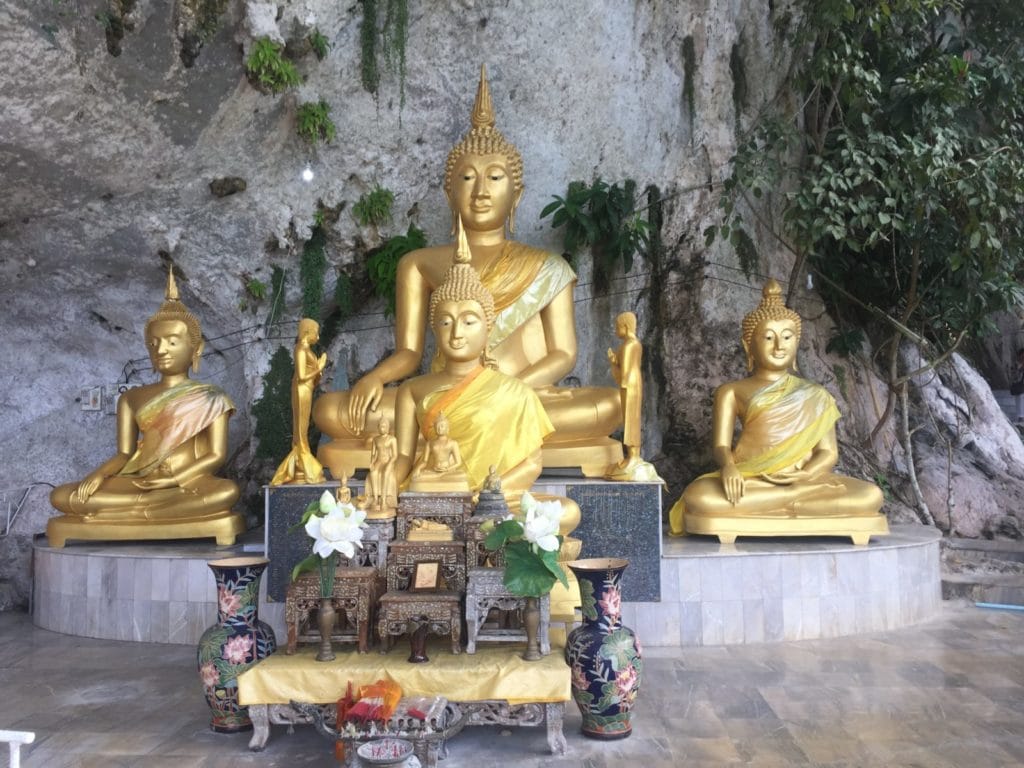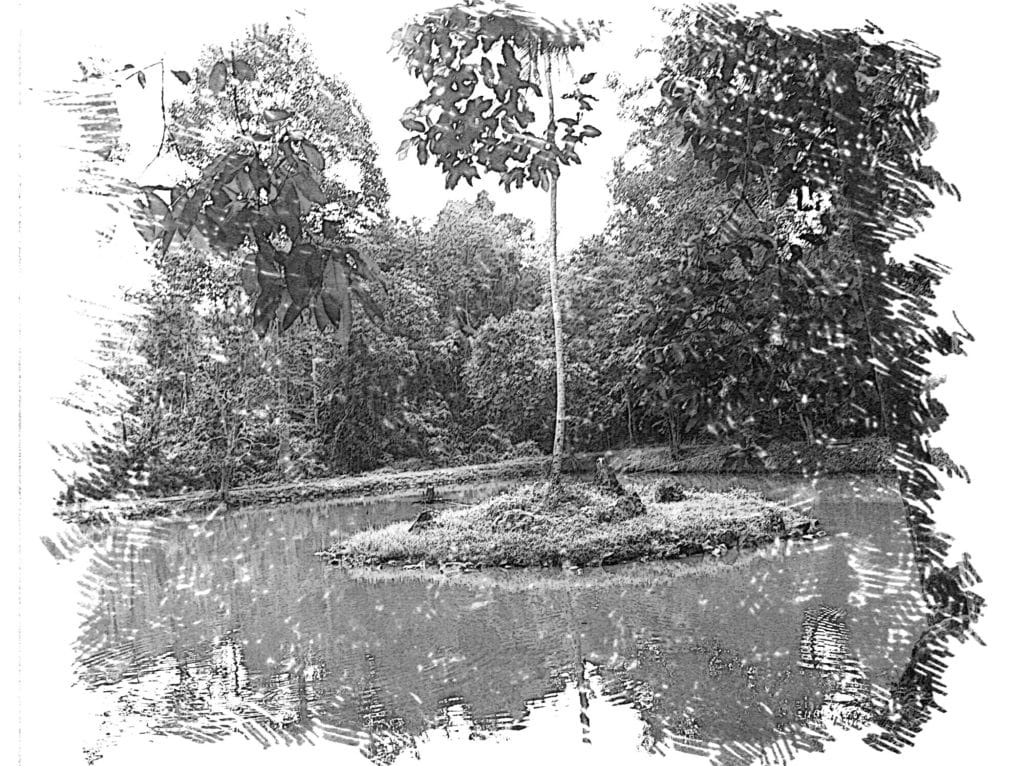Can mindfulness meditation calm our minds? Sometimes it’s not easy to see the overall state of mind because we focus so much on the details. This statement is often true during meditation, but even more in everyday life. Our mind is often clouded with what we want or don’t want. An important part of the practice of mindfulness is to move away from the details of what we are experiencing and to recognize the moment when we are conscious. Can we tell if we are tense or relaxed, distracted or focused?
The state of mind
Our state of mind is closely related to our inner mood or attitude. Whether subtle or powerful, it has the quality of persistence. It is a big difference between thoughts filled with anger that sometimes occur, but they do not affect our overall mood much, and a state of mind that is angry and can shape our overall posture and behavior. When our mood is characterized by anger, not all of our thoughts are filled with anger. However, the mood can be part of everything we experience and at times greatly influence our perception of people, things, and situations.
For some people, this attitude is at the core of what motivates them in life. And often, it is the source of great suffering. When they are unaware of the impact that this attitude has, people feel helpless and trapped by their suffering. Attitude or mood can create prejudices, a state of desire, or aversion. It may affect us in that way but also can create a state of generosity or friendship. Then it can influence us in another way. When we are fully aware of the state of mind we are in, we are less likely to be influenced by it.
If we do not recognize our basic mood, it can cause and accumulate stress and tension in our mind and hence in our lives. We will see how mindfulness meditation calms our minds.
Mindfulness meditation and our attitude
To make us aware of our current attitude, it is useful to distinguish between what is truly happening and what is our attitude towards this reality. Mindfulness practice helps us to be able to accept our opinions, judgments, attitudes, and feelings. Understanding and accepting that subtle difference between what is happening and our relationship to it is the path to peace. Ultimately, freedom is not that we can always choose what is happening to us and around us, but to accept and control how much it governs our thoughts and actions.
Practice mindfulness meditation and how it affects your mind
One of many ways to meditate and become aware of our current state of mind is to walk mindfully. If you never performed walking meditation, here are some simple directions on how to do it. Learn how mindfulness meditation calms our minds.
In this meditation, we will focus on the individual parts of your steps: how you lift your foot, how you move it forward, how you put it back on the ground.
You should walk slowly and consciously and focus on each step. Let your arms move freely at your sides. Your breath should be in synchronization with your steps.
Find a quiet place, turn off your mobile phone, forget about things that happened yesterday, do not think about what you must do today, or what may happen in the future. Let go of any expectations.
Follow the path to mindfulness
The path should be straight, flat, and 20 to 30 steps long. It is best if you can walk barefoot. If this is not possible, then wear some lite foot ware so that you can feel the contact between the ground and your feet. Your pace should be moderate, and you should make about 20 to 30 steps in one line.
It is very important to make every move consciously, contemplating the movement in your mind. This involvement in your steps is your meditation practice.
We can now start our meditation
Stand upright, with eyes pointed down at about 45 degrees.
Take a few deep breaths and start walking at some slower pace.
Set your attention at the soles of the feet, on the sensations as they arise and pass away.
Feel every sensation in your feet, and movement of the legs as they swing through the air.
As you become aware of the movement of the foot, you should note two parts of the step: lifting parts and dropping parts.
As you lift the foot repeat to yourself “lifting”. When you put it down, you should repeat to yourself “dropping.”
After some time you should make your step slower so that you can easily note the movement of the foot.
As you master how to note lifting and dropping, then you can notice the next object. Three parts of a step must be acknowledged: lifting part, pushing part, dropping part. When you lift the foot, acknowledge lifting. As you push it forward, you acknowledge “pushing.” When you drop it down, you will acknowledge “dropping.”
Check if your mind wonders
When your mind wanders to some other place, or to some other time, do not get discouraged. It is perfectly normal. Do not criticize yourself. You became aware of this fact, so you need to congratulate yourself on that. You just became aware that your mind is wandering around. Just bring your focus gently to steps again and reestablish mindfulness.
Walk back and forth along the same path. When you come to the end of your path, come to a full stop, pause, turn around, stop again, and then start again.
Now stop, slowly start to notice your surroundings, look around and finish your walking meditation.
Guided Mindfulness Meditation Focus on Body for Beginners
I hope this post will help you enjoy short meditation and you will keep meditating. You can also get help from my Guided meditations video series. As your practice grows, you can extend your meditation for five minutes every week, until you reach 45 minutes. Continue to meditate every day, be mindful, and do not give up.
To learn more
If you want to know more about things I write about, check out my books. See also what the goal of this web site is.
You can check out my other post about Mindfulness.
Enjoy reading!
I invite you to use all the resources I provided for you and to share your thoughts and comments.
If you like this post, please subscribe here, get FREE E-BOOK NOW, and get a notification when future posts are published. Also, share with your friends and Like on social media using buttons below.
Share



